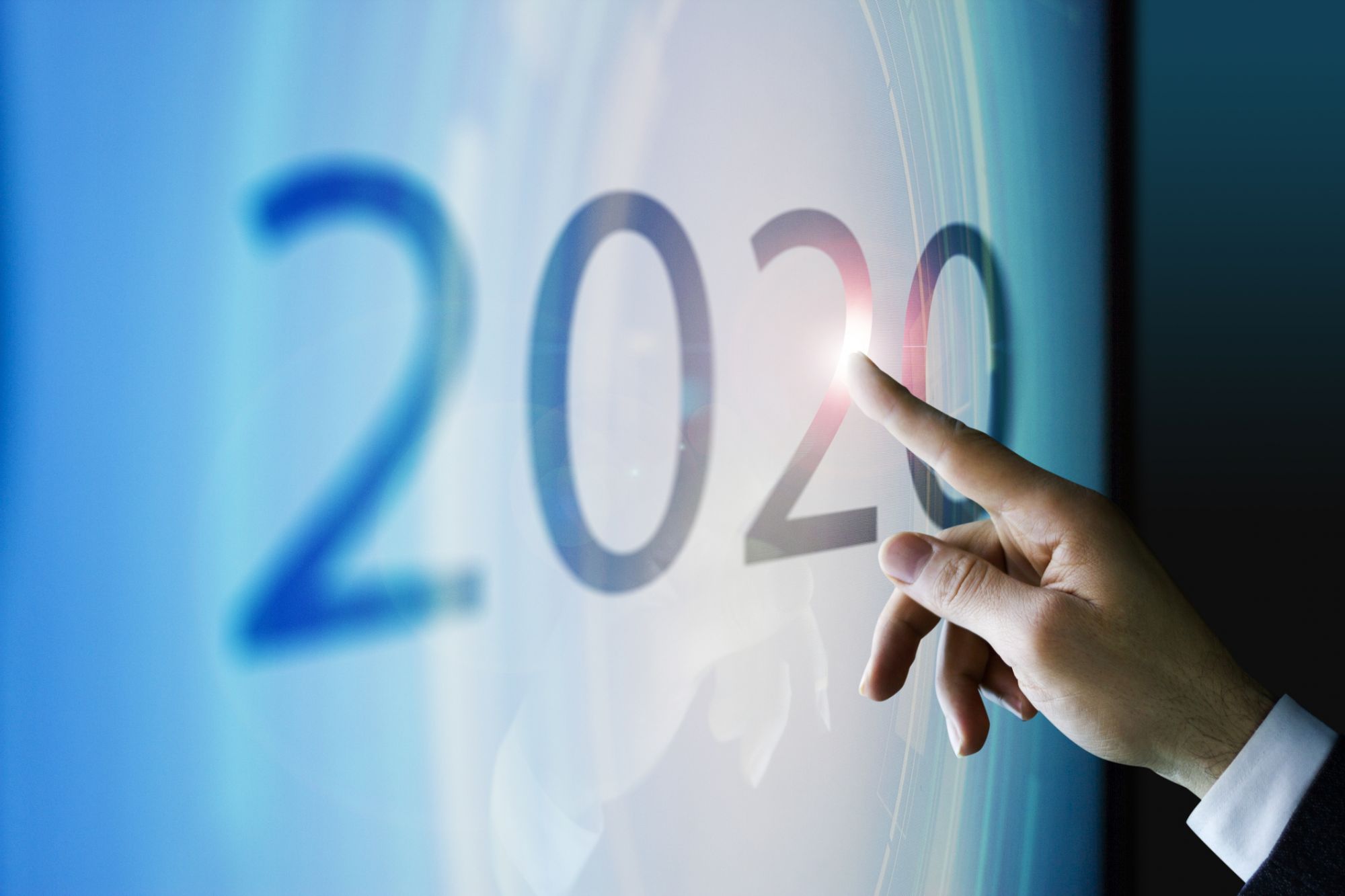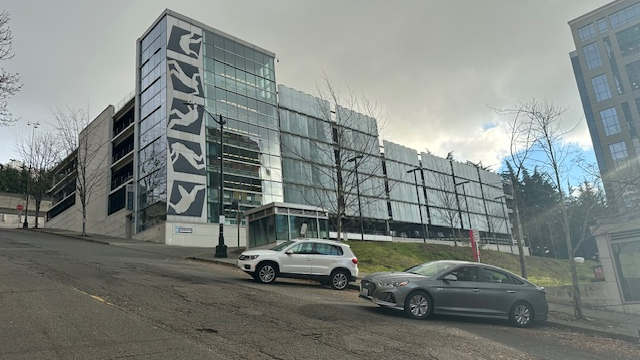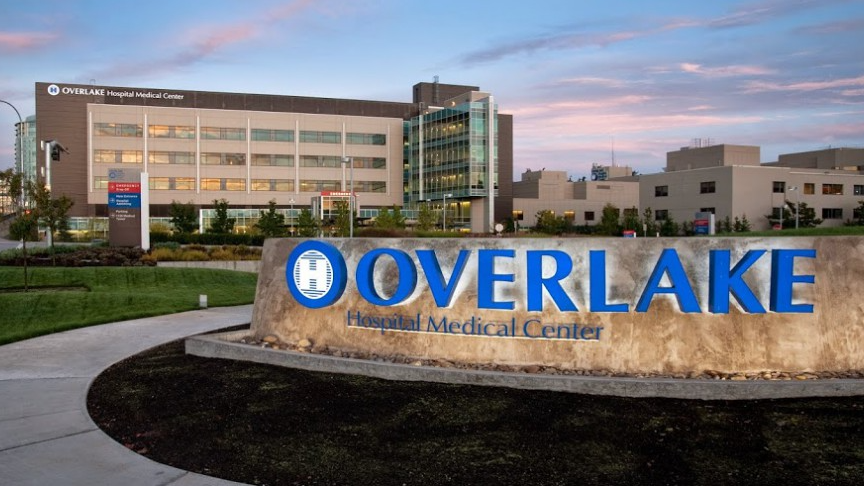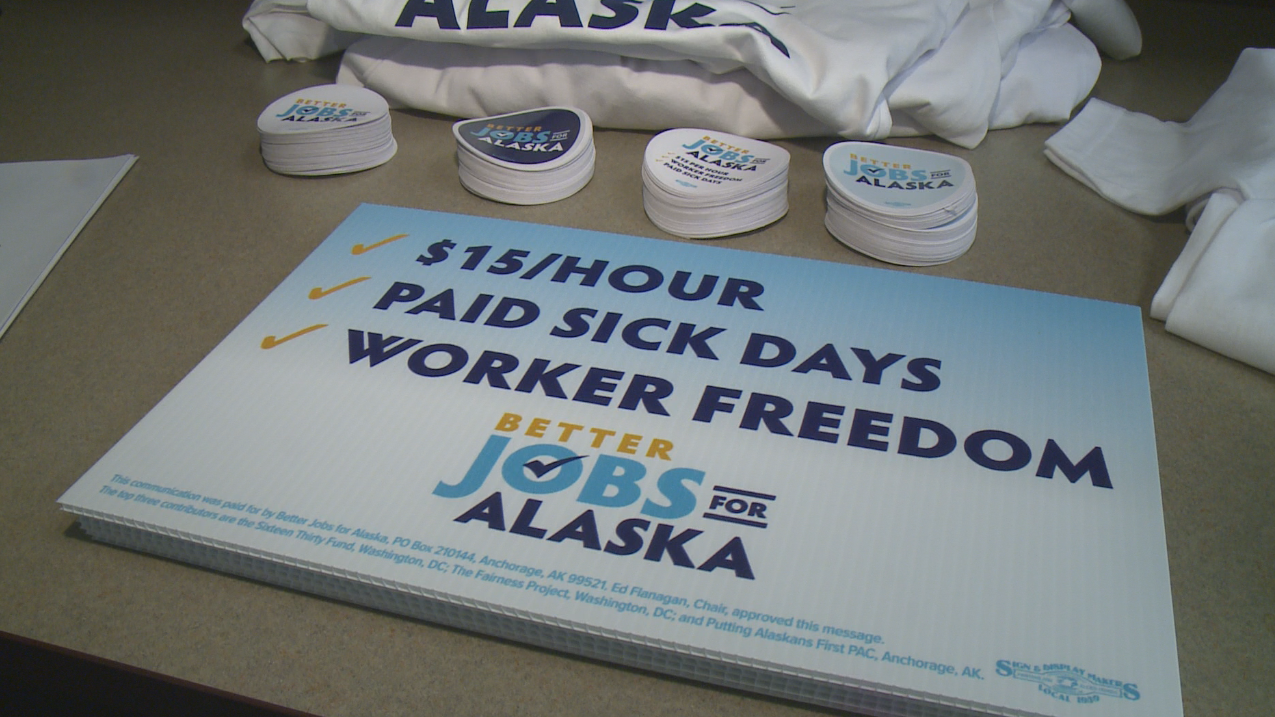The talent-constraints of the today’s workforce requires organizations to look at technology to help maintain, increase and track their employees. With Millennials and Gen Z comprising over 50% of the workforce in 2020, companies must adapt to a workforce which may have more experience with technology than a company’s current systems. Here are four trends in technology as we turn the calendar to 2020.
- Going to the Cloud
Data is king. If you have ever worked on a document or spreadsheet and had your computer crash, you understand the need to back up everything. According to a SHRM Survey, 75% of companies have at least 1 HR process in the cloud. This could include payroll, attendance, onboarding, job postings, or just your core office software. When looking at cloud service applications, look at the following features:
- Security – ability of your information to be hacked
- Uptime – access to your information on a regular basis
- Ease of Access – need to have your information at a moment’s notice
- Geofencing
Geofencing is the use of Global Positioning Systems (GPS) to create a boundary around a location. When paired with a smartphone or other GPS device, a Geofence can be used to highlight is a person or object is within this ‘geofence’. For the HR community, geofencing is most use to track if an employee is at the desired location for work. Modern geofencing applications track where a person has punched in for their task and even restrict them from punching in or out until they get into the geofence.
- Mobility
Modern HR systems take mobility into consideration when designing their software. Gen Z, those born between 1997 and 2015, boast, “If it is not on my phone, it does not exist.” The new generation of employees expect to be able to do most employee tasks on their phone. This includes but is not limited to applying for a job, checking their schedule, requesting time off, and sharing their availability. If your current systems cannot do these basic systems, your workforce become disengaged and will find someplace that does.
- Artificial Intelligence (AI)
Today, AI is most often used in recruiting and training. The object of AI is to create algorithms which imitate predictable decisions making processes. HR preselection tools with AI can improve the quality of candidates, cut costs and reduce bias in the selection process. AI can also be used to predict current employee engagement or behavior based on survey questions asked on a consistent basis. In Learning and Development initiatives, AI is used to track the progress of training and where additional instruction may be needed.
The expectation of employees today is internally they are treated more like customers. HR departments need to use technology to improve this relationship with their employees and at least keep up with the new generations in the workforce.










